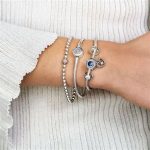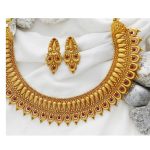Knowing how to test gold jewelry is essential for buyers, sellers, and collectors. Fake or mislabeled pieces are common in both online and secondhand markets. Without proper verification, you risk overpaying or unknowingly owning counterfeit items. Fortunately, several reliable methods exist to confirm whether your gold is real. These range from simple home tests to professional lab analysis.
In fact, understanding how to test gold jewelry empowers you to make informed decisions. Whether you’re selling an inherited necklace, buying a vintage ring, or checking a gift, accuracy matters. Some techniques rely on weight and density. Others use chemical reactions or electronic tools. Each method has strengths and limits. Therefore, learning how to test gold jewelry properly helps protect your investment and ensures peace of mind.
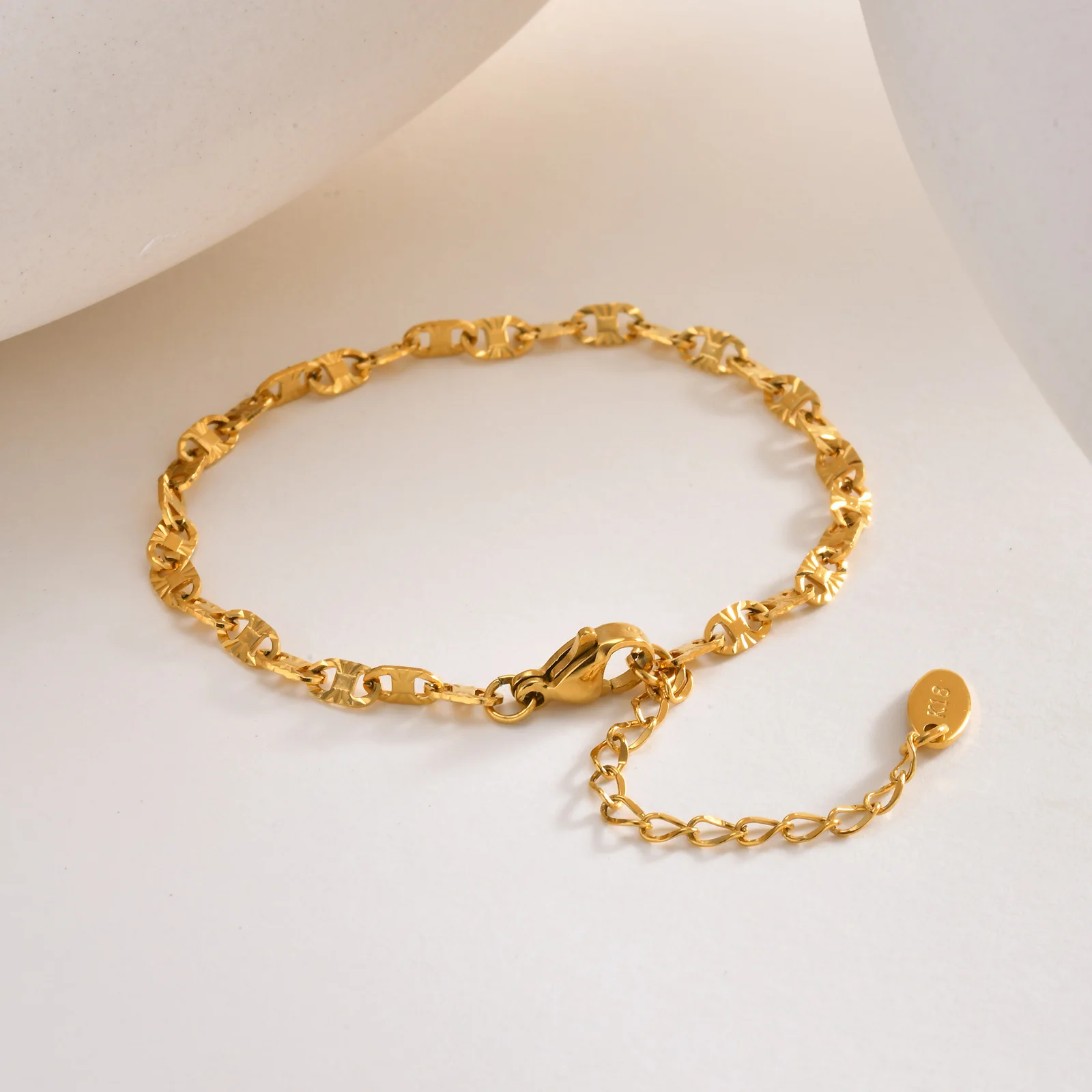 Visual Inspection: The First Step in How to Test Gold Jewelry
Visual Inspection: The First Step in How to Test Gold Jewelry
Start by examining the piece with the naked eye or a magnifying glass. Genuine gold jewelry often carries hallmarks or stamps. These include numbers like “24K,” “18K,” “14K,” or “585” (for 14-karat). They indicate purity and are usually found on clasps, inner bands, or hinges.
Look for consistency in color. Real gold maintains a uniform hue across the surface. Tarnishing or fading suggests plating. If green spots appear after wear, the item likely contains base metals underneath.
Check for signs of wear that expose different metal layers. On rings or bracelets, edges may show a silver or copper core if the gold is only plated. This reveals itself over time with friction.
Also, assess craftsmanship. Authentic pieces have clean seams and smooth finishes. Rough joints or uneven surfaces hint at low-quality production.
While not foolproof, visual inspection narrows down possibilities. It sets the stage for more accurate testing when learning how to test gold jewelry.
The Magnet Test: A Quick Way to Rule Out Fakes
One of the easiest ways to begin how to test gold jewelry is using a magnet. Pure gold is non-magnetic. It will not attract to a magnet under any circumstances. Therefore, if your piece sticks, it’s not solid gold.
Hold a strong neodymium magnet near the item. Let it dangle freely on a chain or place it on a flat surface. Bring the magnet close without touching. Observe any pull or movement.
If the jewelry moves toward the magnet, it contains iron, nickel, or steel. These metals are common in fake or alloyed jewelry. Even weak attraction means the piece is not pure gold.
However, lack of magnetic response does not guarantee authenticity. Some counterfeiters use non-magnetic metals like brass or copper. These mimic gold’s weight but aren’t valuable.
Thus, this test works best as a first filter. It quickly eliminates obvious fakes. But it must be followed by other methods when determining how to test gold jewelry accurately.
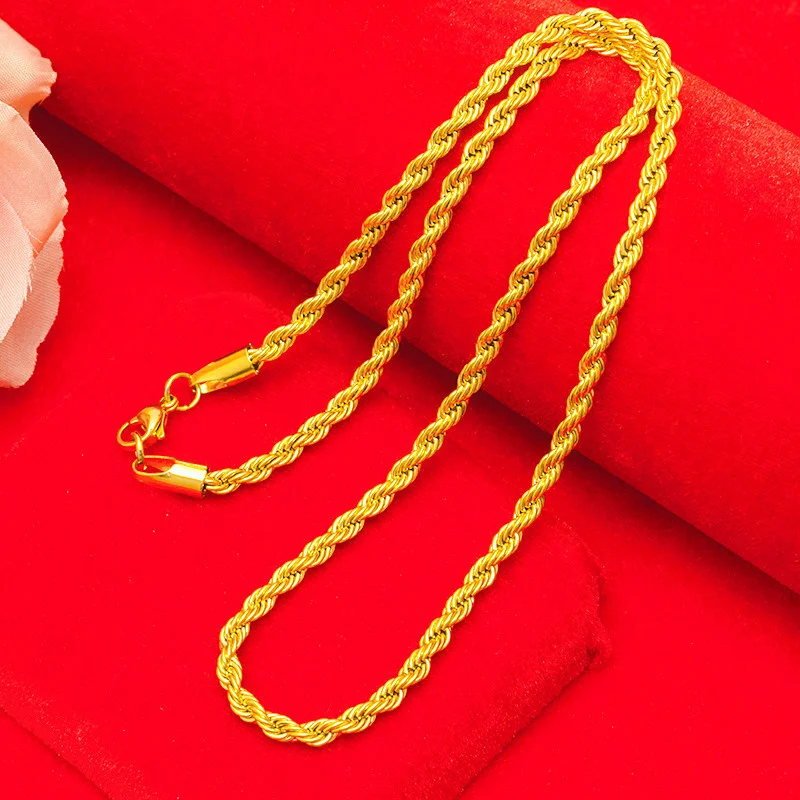 The Skin Test: Checking for Discoloration and Reactions
The Skin Test: Checking for Discoloration and Reactions
The skin test is a simple yet effective method in how to test gold jewelry. Wear the item for several hours or overnight. Then check your skin underneath.
Real gold does not react with sweat or body chemistry. It leaves no marks. However, fake or low-karat gold often causes green or black streaks on the skin. This happens because base metals like copper or nickel oxidize when exposed to moisture.
If discoloration appears, the jewelry likely has a high percentage of non-gold metals. This is common in costume jewelry or gold-plated items.
Keep in mind that even some genuine lower-karat pieces may cause mild reactions. 10K or 12K gold contains more alloyed metals. Still, heavy staining points to poor quality or falsified content.
This test is safe and non-destructive. It uses natural conditions to reveal truth. As a result, it’s a helpful addition when exploring how to test gold jewelry at home.
Using the Ceramic Scratch Test Safely
The ceramic scratch test checks gold content through surface friction. Get an unglazed ceramic tile or plate. These are often found in hardware stores or old kitchenware.
Drag the jewelry across the surface firmly. Apply light pressure. Observe the mark left behind.
A golden or yellow streak indicates real gold. The metal is soft enough to leave its true color. A black or gray line means the item is fake. Base metals do not produce a gold-colored trail.
This test works well for solid gold items. However, it can damage delicate pieces. Avoid using it on gemstone settings or thin chains. Also, do not perform it on heirloom or valuable jewelry unless necessary.
Moreover, gold-plated items may pass initially. They leave a gold mark until the coating wears off. So, combine this result with other tests.
Despite minor risks, the ceramic scratch test remains a trusted step in how to test gold jewelry.
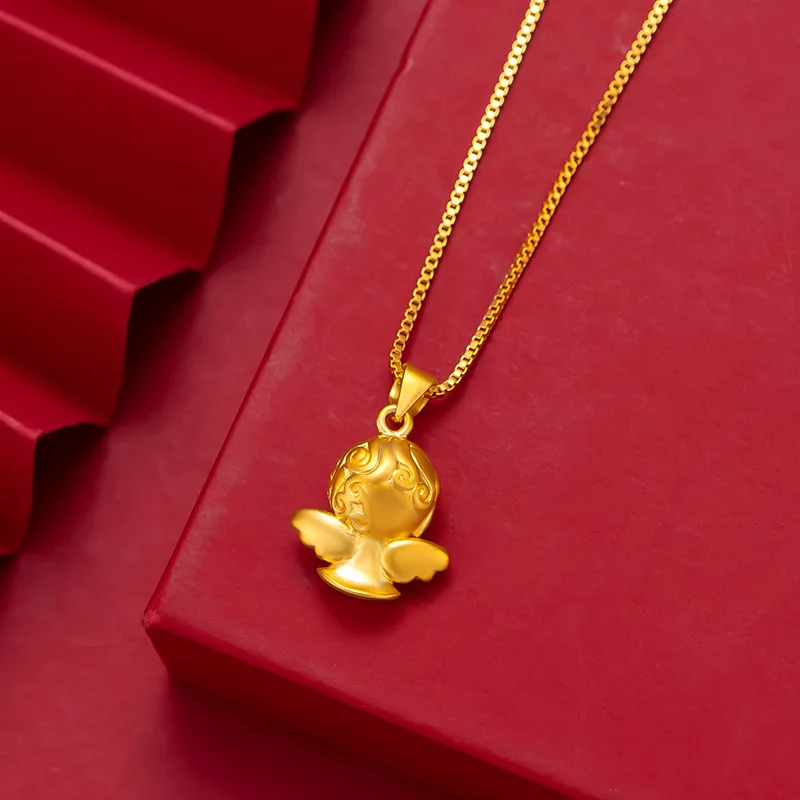 Acid Testing: A Reliable Chemical Method
Acid Testing: A Reliable Chemical Method
Acid testing is one of the most accurate ways to determine how to test gold jewelry. It uses nitric or aqua regia acid to trigger chemical reactions based on metal composition.
First, choose a discreet spot on the jewelry. Use a small file to scratch a tiny area. This exposes fresh metal beneath possible plating.
Next, place a drop of testing acid on the scratch. Watch for changes. For example, 14K gold resists nitric acid. Lower karats dissolve or turn green. Higher concentrations require aqua regia.
Compare results to a testing chart. Kits often include multiple acids for different karats. Follow instructions carefully.
Always wear gloves and work in a ventilated space. Acids are corrosive. Avoid contact with skin or eyes. Store kits away from children.
Though highly effective, this method alters the item slightly. It is destructive. Reserve it for pieces you own or plan to sell.
When done correctly, acid testing delivers clear, trustworthy outcomes in how to test gold jewelry.
Electronic Gold Testers: Fast and Non-Destructive
Electronic testers offer a modern solution for how to test gold jewelry. These handheld devices send a small electrical current into the metal. They measure conductivity and display karat value instantly.
Turn on the device. Calibrate it using the included test plate. Gently touch the probe to a cleaned area of the jewelry. Wait a few seconds. The screen shows the result.
These testers work on rings, chains, earrings, and coins. They do not scratch or damage the surface. This makes them ideal for valuable or sentimental items.
Accuracy depends on proper use. Dirt, oils, or coatings interfere with readings. Clean the jewelry thoroughly before testing.
They also struggle with very thin plating. Some models cannot distinguish between thick plating and solid gold.
Still, electronic testers provide fast, repeatable results. Many jewelers use them daily. They are a smart investment for frequent testing.
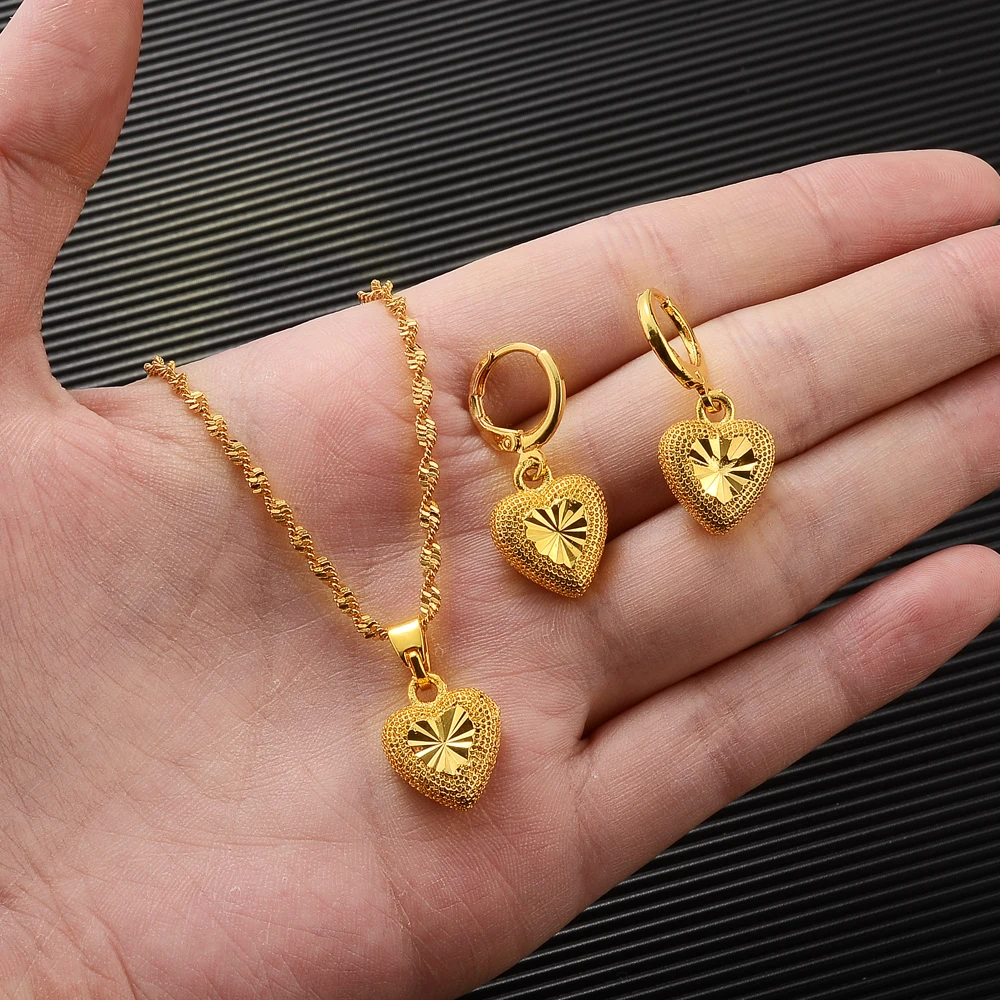 Water Displacement Test: Measuring Density Like Archimedes
Water Displacement Test: Measuring Density Like Archimedes
The water displacement test verifies gold authenticity through density. Pure gold is extremely dense—about 19.3 g/cm³. Few metals match this weight.
Start by weighing the jewelry on a digital scale. Record the mass in grams.
Fill a graduated cylinder with water. Note the starting volume. Submerge the item fully. Measure the new water level. The difference is the volume in cubic centimeters.
Divide mass by volume. The result should be close to 19.3 for pure gold. 18K gold ranges around 15.5. Lower values suggest mixed or fake metals.
Ensure no air bubbles stick to the piece. Dry it completely before weighing. Hollow or foiled items distort results.
This method requires precision but avoids chemicals. It’s excellent for solid pieces without stones. Thus, it supports scientific approaches in how to test gold jewelry.
Professional Appraisal vs Home Testing
While home methods help, professional appraisal offers the highest confidence in how to test gold jewelry. Certified jewelers use advanced tools like X-ray fluorescence (XRF) scanners. These analyze metal composition without damage.
Appraisers also consider market value, craftsmanship, and brand. They issue official reports useful for insurance or resale.
Home tests are great for quick checks. However, they carry risks of error. Surface plating fools many methods. Inexperienced users misread results.
For high-value items, always seek expert evaluation. Combine it with personal testing for best results.
Professionals charge fees. Yet, their accuracy justifies the cost. When in doubt, go to a reputable shop.
Balancing DIY and expert input strengthens your ability to verify gold.
Frequently Asked Questions
Can I test gold jewelry without damaging it?
Yes. Use the magnet, skin, or electronic tester methods. These are non-destructive.
Does vinegar harm gold?
No. Real gold won’t react to vinegar. Fake gold may change color. But this test is unreliable.
How accurate are gold testing kits?
Good kits are accurate when used correctly. Always follow instructions and calibrate tools.
What if my gold passes all tests but has no stamp?
Some handmade or antique pieces lack stamps. Test density or see a pro for confirmation.
Can gold-plated items be valuable?
Rarely. Unless they’re antiques or collectibles, plating has minimal worth.
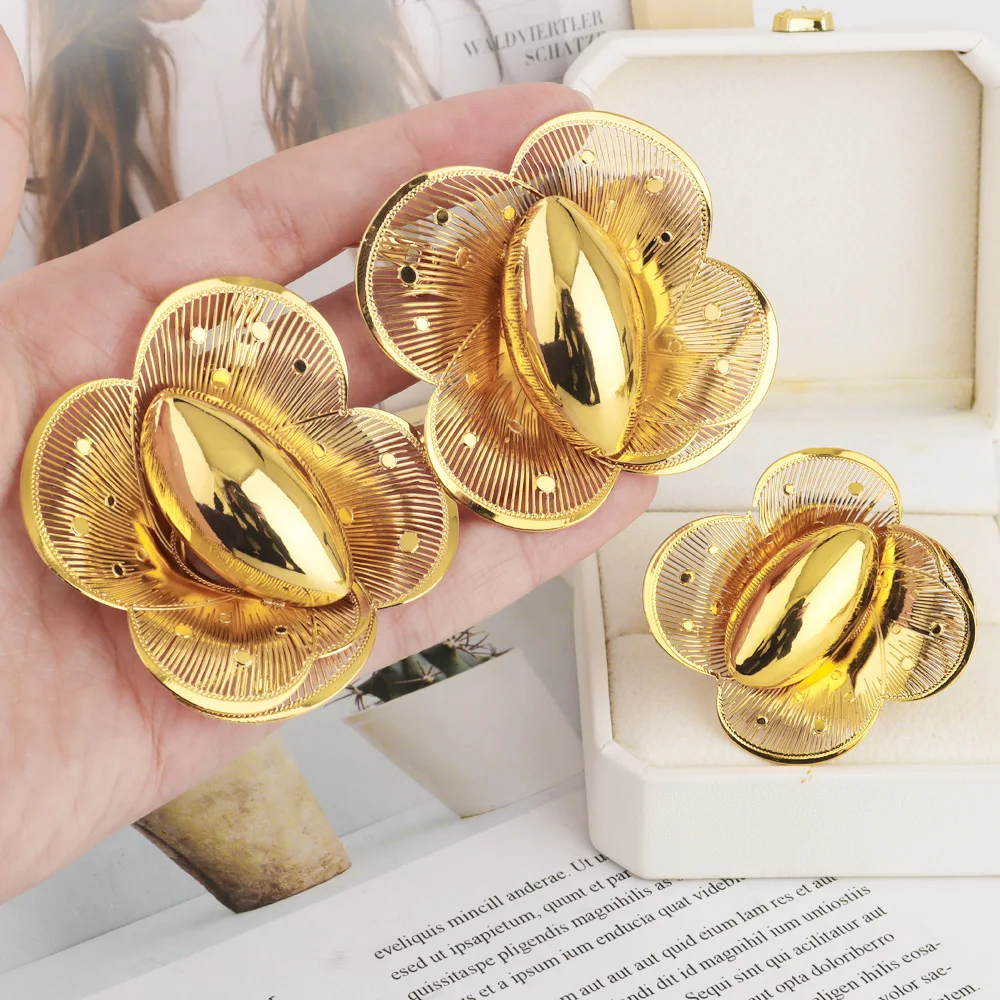 Why Learning How to Test Gold Jewelry Matters
Why Learning How to Test Gold Jewelry Matters
Understanding how to test gold jewelry protects your finances and builds knowledge. It turns uncertainty into confidence. From garage sales to estate purchases, knowing what’s real saves money and stress.
Moreover, these skills grow with practice. Each test teaches more about materials and craftsmanship. Over time, you develop a sharper eye for quality.
Whether you’re a collector, seller, or casual owner, mastering how to test gold jewelry is a lifelong asset. Indeed, what is how to test gold jewelry if not the key to smart, secure decisions?
